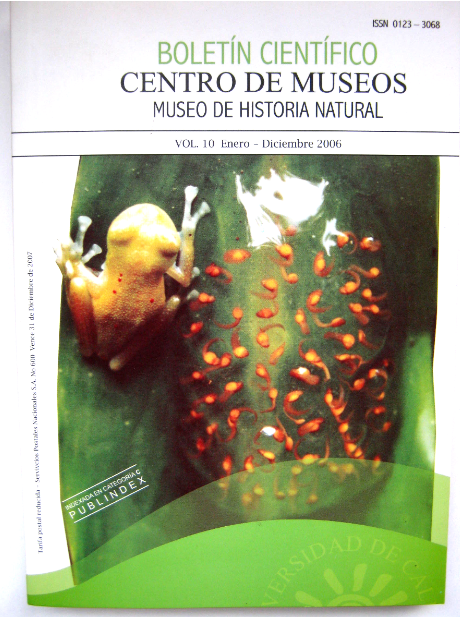Authors
Abstract
In the last decades, the criteria used to determine the areas that should be protected have evolved and advanced in accordance with conservation biology and the use of technological tools such as geographical information systems. The quality and beauty of the landscapes are not the only criteria to an area's selection; the representativeness and complementarity that a reserve offers for biodiversity protection have been incorporated. In addition, different scale protection analysis have been used (at global;local and mesoscale levels) as well as generating several approaches based on the species (indicator, umbrella, focal and gao analyses) that allow selection of areas or the detection of failures in the current reserves system. Finally, part of the problem that the conservation of such areas involves is the pressure of man, not only inside the conservation area, but in the surrounding areas as well. In Colombia's particular case, the armed conflict, illegal drug trade and poverty, play an important role in the degradation and loss of diversity within the National System of Protected Areas of the country.

 PDF (Español)
PDF (Español)
 FLIP
FLIP


















